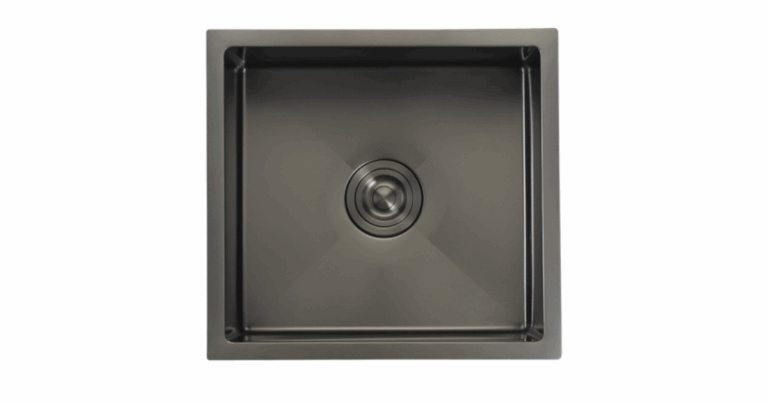The Impact of Social Distancing on Brick-and-Mortar Retail
The rise of online shopping has had a significant impact on the foot traffic seen in physical stores. Consumers are increasingly turning to the convenience and variety offered by online retailers, which has led to a shift in shopping habits. With just a few clicks, shoppers can browse through a wide range of products, compare prices, and make purchases without leaving the comfort of their homes.
Moreover, changing consumer preferences and the desire for a seamless shopping experience have also influenced the decrease in foot traffic in physical stores. Modern shoppers are looking for personalized shopping experiences, quick and easy payment options, and efficient customer service. Physical stores that fail to adapt to these evolving consumer needs risk losing foot traffic to more innovative and digitally-savvy competitors.
Shift towards online shopping due to social distancing measures
As social distancing measures have become the new norm in response to the global pandemic, the retail landscape has witnessed a significant shift towards online shopping. Consumers are increasingly turning to the convenience and safety of digital platforms to fulfill their shopping needs, avoiding crowded stores and minimizing physical interactions. This change in consumer behavior has prompted brick-and-mortar retailers to adapt swiftly to the rapidly evolving digital marketplace.
The surge in online shopping can be attributed to the convenience of having products delivered directly to one’s doorstep, eliminating the need to physically visit stores. Furthermore, the abundance of online options and competitive pricing have made e-commerce an attractive alternative for many consumers during these uncertain times. Retailers who have invested in robust online platforms and seamless delivery services are better positioned to cater to the growing demand for contactless shopping experiences.
Challenges faced by brick-and-mortar retailers in maintaining safety protocols
Brick-and-mortar retailers are facing significant challenges in ensuring the safety of their customers and staff amidst the ongoing pandemic. One of the primary obstacles they encounter is the enforcement of social distancing measures within their stores. With limited space and a constant flow of shoppers, maintaining the recommended distance between individuals can be a daunting task.
Moreover, the implementation of strict hygiene protocols poses another dilemma for retailers. Regular sanitization of high-touch surfaces, ensuring the availability of hand sanitizers, and enforcing the use of face masks are essential safety measures that require constant monitoring and enforcement. However, some customers may resist these protocols, leading to potential conflicts and challenges for retailers in maintaining a safe shopping environment.
• Adapting store layouts to accommodate social distancing guidelines can be difficult for retailers with limited space.
• Constant monitoring and enforcement of hygiene protocols such as sanitization and mask-wearing are time-consuming tasks for staff.
• Dealing with customers who refuse to comply with safety measures adds an extra layer of challenge for brick-and-mortar retailers.
Why are brick-and-mortar retailers facing challenges in maintaining safety protocols?
Brick-and-mortar retailers are facing challenges in maintaining safety protocols due to the need to enforce social distancing measures, regular sanitization of high-touch surfaces, and ensuring compliance with local regulations.
What factors are contributing to decreased foot traffic in physical stores?
Factors contributing to decreased foot traffic in physical stores include consumer concerns about health and safety, the shift towards online shopping, and restrictions on the number of customers allowed in stores at a time.
How are brick-and-mortar retailers adapting to the shift towards online shopping?
Brick-and-mortar retailers are adapting to the shift towards online shopping by enhancing their e-commerce capabilities, offering curbside pickup and delivery options, and implementing contactless payment methods in-store.
What are some common challenges faced by brick-and-mortar retailers in maintaining safety protocols?
Some common challenges faced by brick-and-mortar retailers in maintaining safety protocols include managing and enforcing social distancing measures among customers and staff, ensuring proper sanitization of high-touch surfaces, and providing personal protective equipment for employees.
How can brick-and-mortar retailers overcome these challenges?
Brick-and-mortar retailers can overcome these challenges by investing in training for employees on safety protocols, communicating regularly with customers about safety measures in place, and adapting their business models to accommodate changing consumer preferences.







